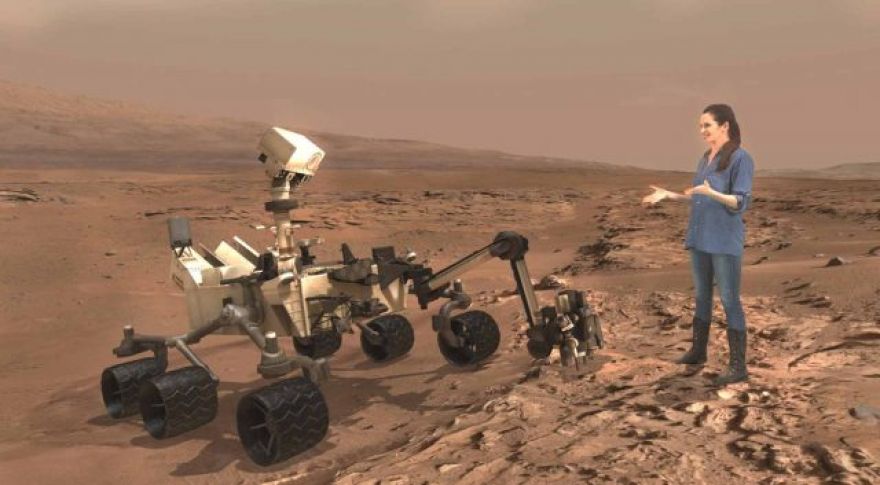
The term “mixed reality” has been thrown about a lot as of late, but pinning down a precise definition has proven elusive. After spending the day at Stanford University’s , which was full of (AR) and (MR) luminaries, it appears the one thing everyone can agree on is there isn’t a standard definition for either term. Let’s see if we can do a bit better. AR now covers a broad spectrum, from Instagram Stickers and Pokemon Go, to sophisticated onsite walkthroughs of rooms of virtual furnishings. Technically, MR covers that, plus virtualized surroundings as context for physical objects–for example, visiting an appliance showroom and seeing an oven nestled in a model of your kitchen.
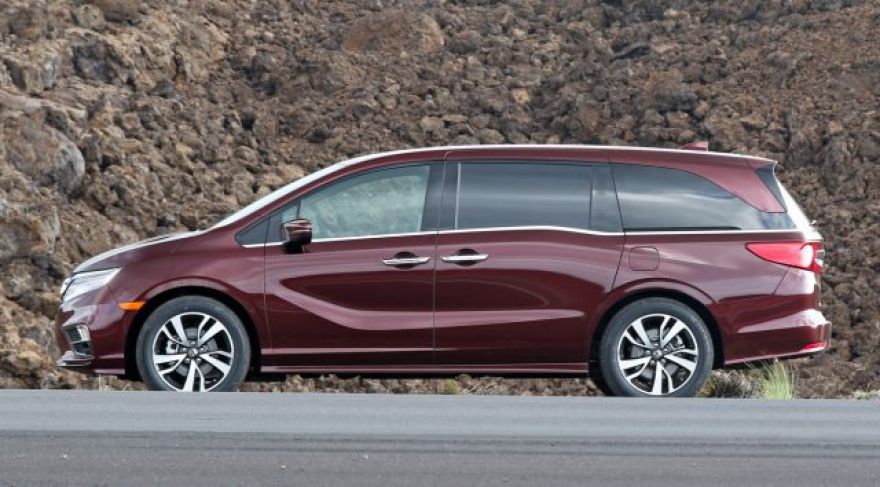
The 2018 Honda Odyssey minivan may be the long-distance cruiser of choice for larger groups, rather than an SUV. Honda has crafted a vehicle capable of quiet, comfortable travel for six to eight. A raft of entertainment technology helps the passengers pass time, while a nearly state-of-the-art set of driver assists lightens the load. In a game of leapfrog among the just-launched 2018 Odyssey, the year-old Chrysler Pacifica, and the aging but refreshed Toyota Sienna, the race favors Honda. Chrysler has a lot going for it, including hide-away second row seats and a plug-in hybrid version. The Sienna dates to 2011, but it’s the clear (as in only) choice if you want all-wheel-drive.
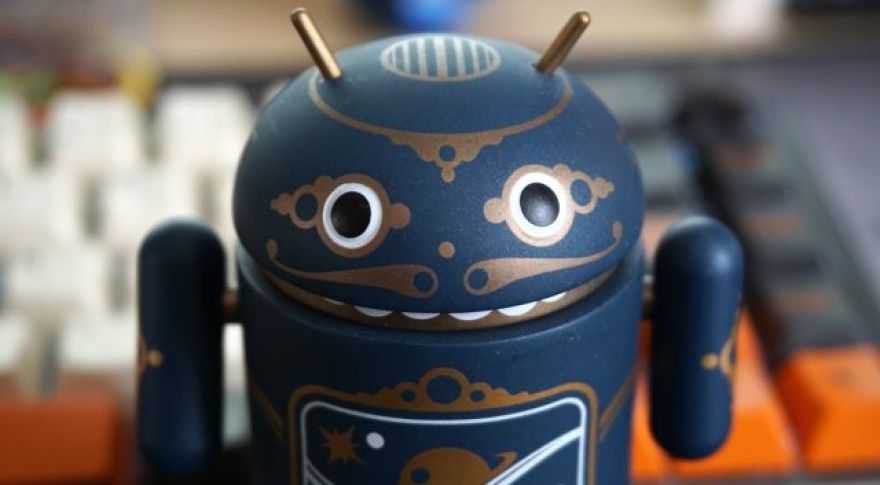
Google releases a new version of Android at least once a year, but the overwhelming majority of users won’t see that update for many months–if they see the updates at all. Google’s own Pixel and Nexus phones get the software quickly, but everyone else has to wait for multiple parties to do their part. Google is taking a big step toward rectifying Android’s update woes with . This is Google’s attempt to modularize Android in order to make updates faster and maintain compatibility longer. There is currently no semblance of modularity in when it comes to device updates. Google releases new open source code, which is passed along to chip makers.
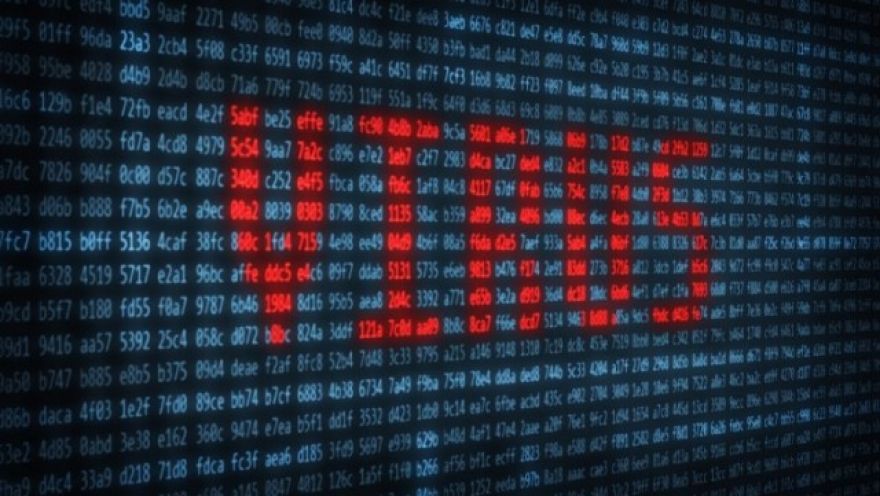
Last week, we discussed the appearance of a new type of and the havoc it has wreaked across the internet. WannaCrypt (also known as Wanna, Wannacry, or Wcry) uses NSA-derived exploits and has hit tens of thousands of systems worldwide. Infections have spread across the globe and included institutions in Spain, the UK, China, Russia, and the United States. The response from governments around the world has been equally dramatic, and we’re seeing broad cooperation between governmental organizations and private business in a bid to bring the attack under control as quickly as possible. While Microsoft had previously released patches for the NSA exploits that WanaCrypt targets, it’s taken the rare step of releasing patches for operating systems not currently in mainstream or extended support.

MP3’s have been a fixture of the internet and the broader technological landscape since many of us first got online. While largely supplanted by newer audio compression schemes, including some that feature lossless encoding, MP3 is the fallback option for when you need an audio format that’s guaranteed to play on virtually anything from any era. It was surprising, therefore, to see an announcement over the weekend that the MP3 was “officially dead,” even if the headline included the proviso “according to its creators.” A quick jaunt over to the Fraunhofer Institute for Integrated Circuits’ website seemed to confirm this, with a reading:
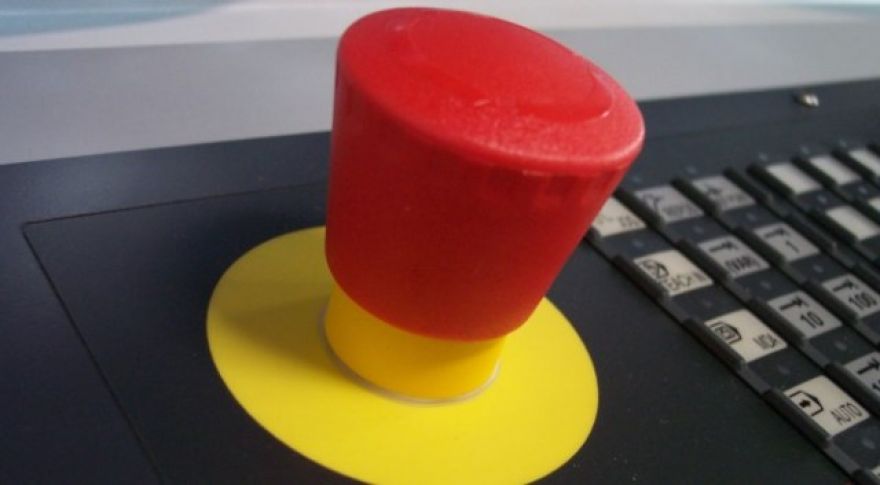
A new and aggressive form of ransomware . The UK’s national Health Service (NHS) and Spanish telco Telefónica were among the most high-profile victims of the WannaCry malware, also known as WanaCrypt0r 2.0. As bad as the infection was, it could have been much worse if not for a security writer and researcher . All he had to do in order to neuter WannaCry was register a domain. Like most ransomware, WannaCry is designed to encrypt a user’s important files when it gets a foothold on a new system. This attack was more severe than many others as it made use of a Windows exploit called Eternalblue designed by the NSA.
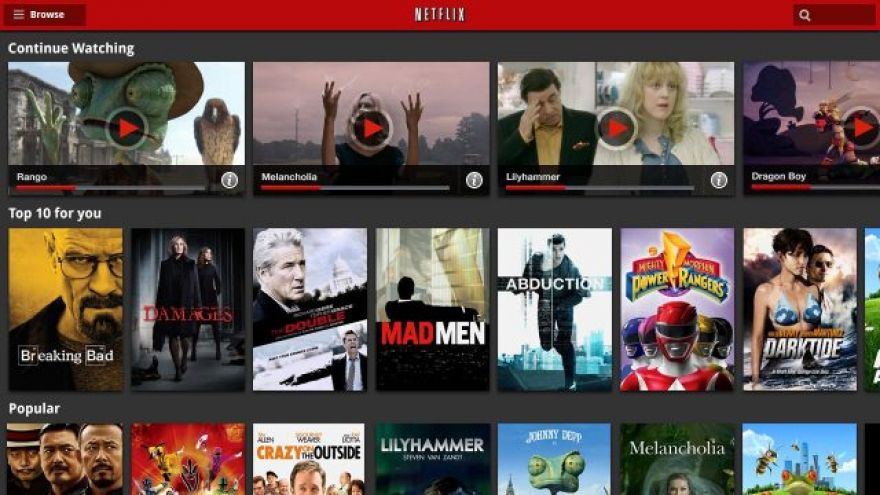
Update: The “unlocked” devices Netflix is refusing to support may refer to bootloader-unlocked devices rather than carrier-unlocked devices. Carrier unlocking refers to the practice of allowing a device purchased from one company to run on another company’s network, while bootloader unlocking allows a smartphone to run a completely different version of Android (or in some cases, an entirely different operating system). Not all phone manufacturers lock their bootloader and some manufacturers that do lock their bootloaders don’t lock every single SKU they manufacture. It is unclear if the new Netflix app distinguishes between devices that were unlocked by the end user and devices that were purchased with an unlocked bootloader from their manufacturers.

Buzz Aldrin wants NASA to privatize LEO and retire the ISS. At the 2017 Humans to Mars conference, to Space.com, Aldrin remarked that “We must retire the ISS as soon as possible…We simply cannot afford $3.5 billion a year of that cost.” Aldrin’s plan for Mars is heavily dependent on “cyclers,” shuttle orbits between Earth and Mars that could enable the regular transport of cargo and crew between a Mars colony and Earth. But PCMag that the ISS is funded through 2024, so Aldrin’s vision isn’t likely to take off before then–at least not under the auspices of NASA.
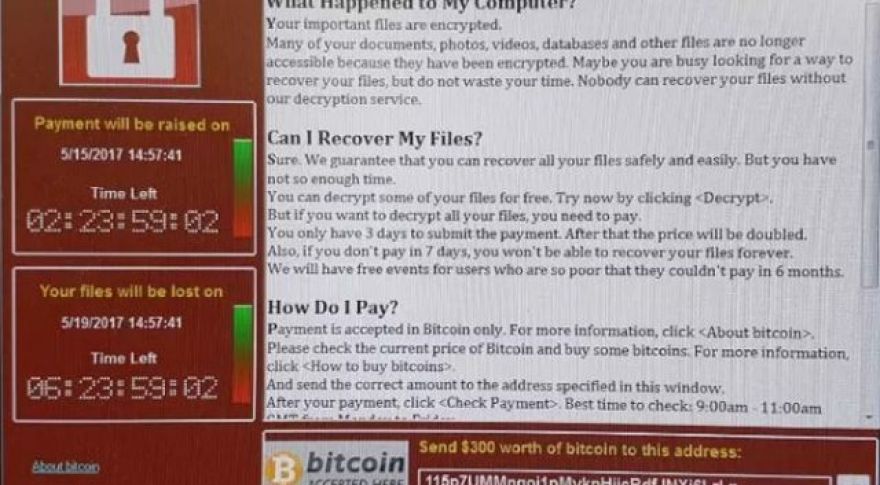
Organizations across the world have been hit by another wave of , with targets mostly concentrated in Europe and Asia. One of the most prominent targets is the UK’s National Health Service (NHS), which has caused many clinics and offices to shut down their computers and phones as officials work to resolve the problems. As with all ransomware attacks, the only surefire ways to resolve the issue are to either pay the ransom or hope you have a backup. The nefarious software now spreading across the globe is known as WanaCrypt0r 2.0 (also known as Wanna, Wannacry, or Wcry).









